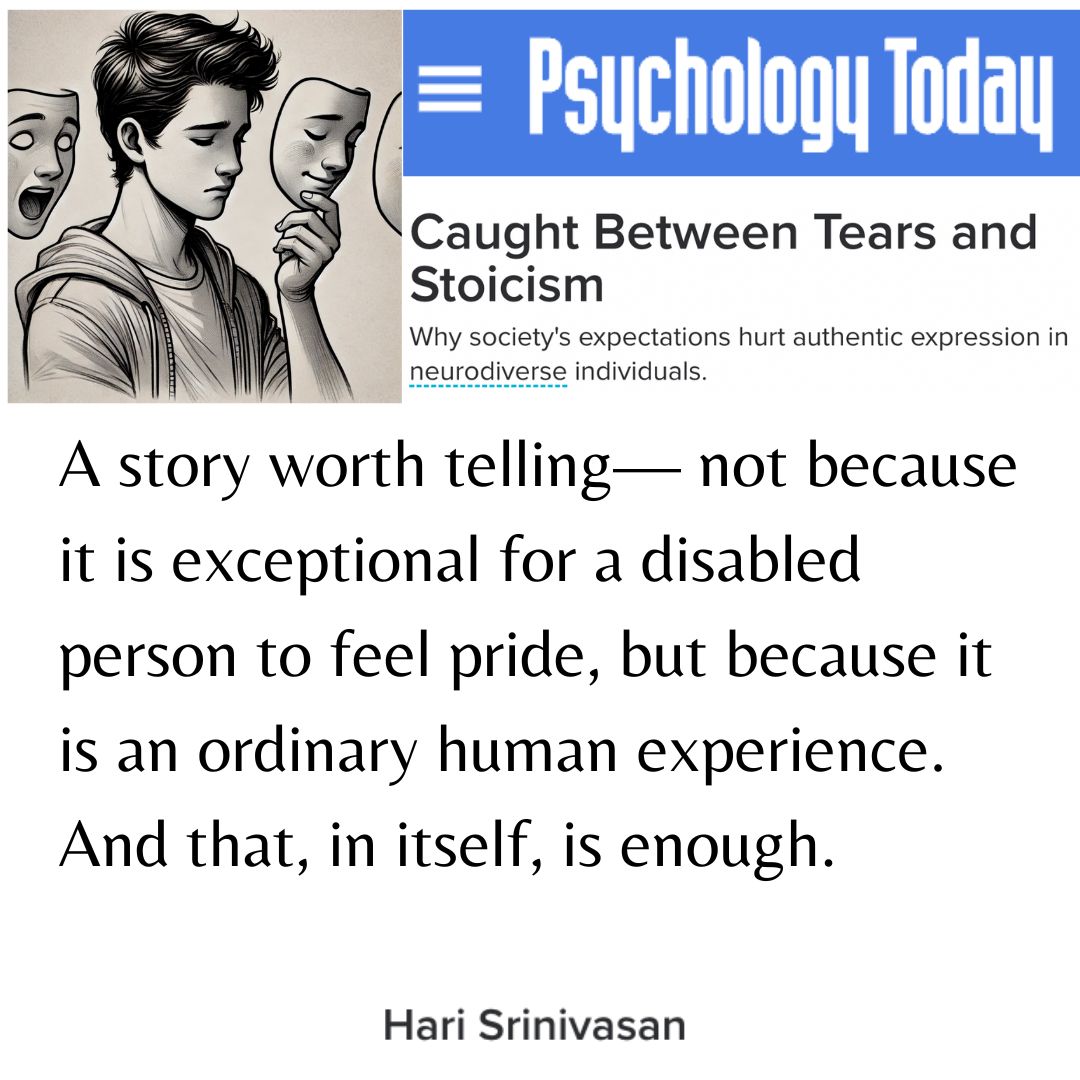Listened to a very interesting lecture today at SfN. by LA Paul.
Got me thinking about belief systems.
Belief Systems in Humans and LLMs.
While LLMs can produce outputs that seem aligned with certain perspectives or mimic human belief-based reasoning, they do not possess beliefs in the true sense. The distinction lies in the lack of consciousness, subjective experience, and intentional reflection. Instead, LLMs generate text based on patterns they have learned, without the internal state that would constitute holding beliefs. What may look like a belief system is merely a complex simulation, an echo of the data from which they were trained.
Do we need to update our belief systems to better understand LLM?
To better understand LLMs, humans may need to update their belief systems and frameworks, shifting away from traditional notions of intelligence, understanding, and knowledge. This means recognizing the statistical, context-based nature of LLM outputs, reframing how we think about AI capabilities, and addressing the ethical considerations that arise from their use. These changes can help foster a more accurate and nuanced understanding of what LLMs are, how they work, and what their role can be in our lives and society.
- Reframing Concepts of Intelligence: People often equate intelligence with understanding, leading to misconceptions about AI. LLMs simulate understanding based on learned patterns, not conscious thought, so recognizing this distinction helps prevent overestimating their abilities.
- Redefining Knowledge: Unlike human knowledge, LLMs work through statistical associations. Viewing them as tools for generating information rather than sources of human-like knowledge helps set realistic expectations.
- Context in Outputs: Humans tend to attribute intention to LLMs, but their outputs depend on context and training data. Focusing on this can clarify that their responses reflect patterns, not intentions.
- Recognizing LLM Limits: LLMs can mimic expertise but cannot verify facts or produce original thoughts. Differentiating fluency from factuality helps maintain a critical perspective on AI-generated content.
- Adopting Ethical Perspectives: As LLMs become more prevalent, it's important to address biases and responsibility for their outputs. Recognizing the societal impact of AI helps frame it beyond just a technical tool.
- Developing Communication Strategies: Effective use of LLMs requires skill in prompting and understanding their strengths. Clear communication about their capabilities helps prevent misunderstandings about AI’s nature.






